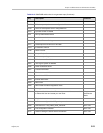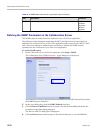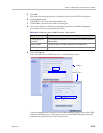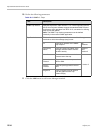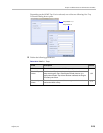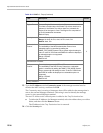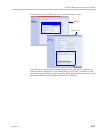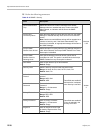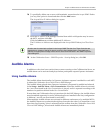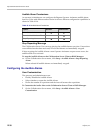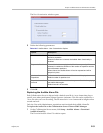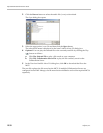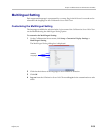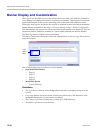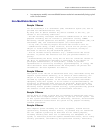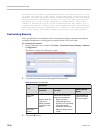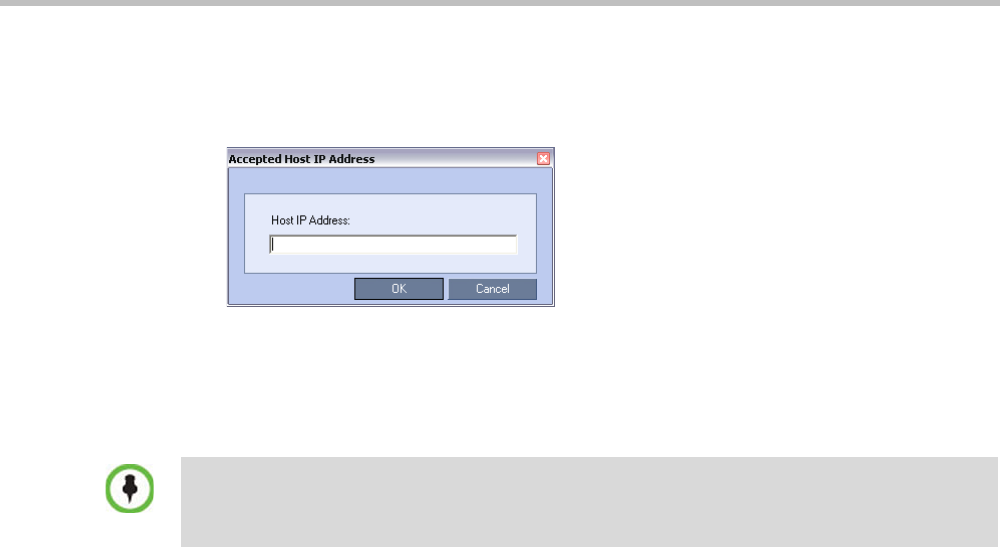
Chapter 19-Collaboration Server Administration and Utilities
Polycom, Inc. 19-29
16 To specifically define one or more valid terminals, ensure that the Accept SNMP Packets
from any Host option is cleared and then click the Add button.
The Accepted Host IP Address dialog box opens.
17 Enter the IP Address of the Manager terminal from which valid queries may be sent to
the MCU, and then click OK.
Click the Add button to define additional IP Addresses.
The IP Address or Addresses are displayed in the Accept SNMP Packets from These Hosts
box.
18 In the Collaboration Server - SNMP Properties - Security dialog box, click OK.
Audible Alarms
In addition to the visual cues used to detect events occurring on the Collaboration Server, an
audible alarm can be activated and played when participants request Operator Assistance.
Using Audible Alarms
The Audible Alarm functionality for Operator Assistance requests is enabled for each MCU
in either the Collaboration Server Web Client or RMX Manager.
The Audible Alarm played when Operator Assistance is requested is enabled and selected
in the Setup > Audible Alarm > User Customization. When the Audible Alarm is activated,
the *.wav file selected in the User Customization is played, and it is repeated according to the
number of repetitions defined in the User Customization.
If more than one Collaboration Server is monitored in the RMX Manager, the Audible Alarm
must be enabled separately for each Collaboration Server installed in the site/configuration.
A different *.wav file can be selected for each MCU.
When multiple Audible Alarms are activated in different conferences or by multiple MCUs,
the Audible Alarms are synchronized and played one after the other. It is important to note
that when Stop Repeating Alarm is selected from the toolbar from the Collaboration Server Web
Client or RMX Manager, all activated Audible Alarms are immediately halted.
Queries sent from terminals not listed in the Accept SNMP Packets from These Hosts box are
regarded as a violation of the MCU security, and if the Send Authentication Trap check box is
selected, an appropriate message will be sent to all the terminals listed in the SNMP Properties –
Traps dialog box.



